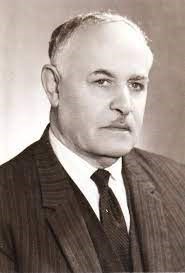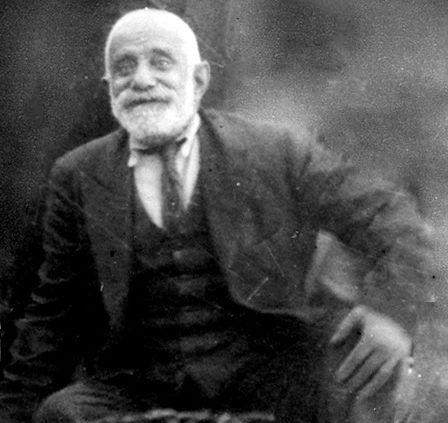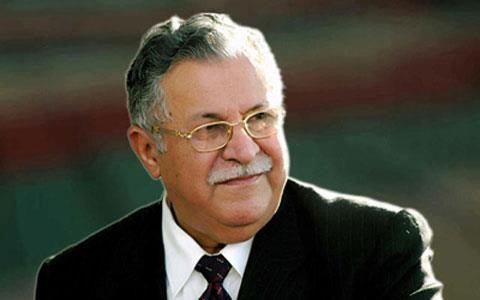Read the second part of this article here
The Southern part of Kurdistan and Iraq (1)
After the official recognition of the Southern part of Kurdistan as a Kurdish region and the return of Kurdish intellectuals and prominent figures from Istanbul in the 1920s (after the ban of Kurdish language and culture in Turkey), Kurdish theater, with its emphasis on central Kurdish dialect (Sorani), became a conducive environment to enhance and develop. According to Ahmad Khaje, the Kurdish Youth Association, founded in Hawler in 1921, staged Salahuddin Ayyubi's play in the same year (Pirbal, 2001:70). Based on a play written by Walter Scott called "Talsum" (1825), the play was rewritten by Najib al-Haddad from Lebanon and directed by Daniel Qasab (1913_2000), a famous Kurdish Jewish painter from Hawler; Daniel Qasab had participated in painting and designing the stage in the Khouyi play and several other plays, too (Pirbal, 2006: 96-7). In Kurdistan, as elsewhere in the Middle East, non-Muslim minorities were expected to play an important role in theater's early stages. One example of their participation is playing as an intergender actor who did not do well due to the social problems and labels placed on female actresses. The earliest example of non-Muslim actors playing female roles was the 1930 Salahuddin Ayyubi's play in Hawler (Pirbal, 2001:73).

Ahmad Xwaje

Daniyal Qessab
It was in Suleimani that the theater movement especially as a result of the efforts of the educated teachers developed even more. When this group of young men enrolled in Baghdad and Mosul's institutes, they came to know about theater and drama. During the 1920s these teachers/directors attempted to present some special plays to their students and they played in those theaters along with their students, such a way as in artistic movements which was a way of collecting money and investment to help those students who were from poor families. The scripts, that is Science and Ignorance (1926) and Neron (1927) were derived from the Arabic play scripts.
Love and Promise (1933) written by Sha'eer Hawreh (1915_1979) was one of the first attempts at writing Kurdish plays in the Southern part of Kurdistan. In 1934 Piramerd (1868_1950) who was the most famous literary figure at that time in the Southern part of Kurdistan, wrote the first published Kurdish play script i.e., Mam and Zin. This play was staged by the students of "The Kurdistan Science Association" in 1935 and it was the beginning of distinctive Kurdish plays in Suleimani. Piramerd adapted the folklore and regional history continually and this turned into a foundation of other plays such as Mahmoud Agha Shewa Kal (1936) and Sharif Hamawand (1936).

Piramerd
At the end of the 1940s, communism, and nationalism as the most prominent ideologies at that time appeared in Kurdish plays. For the political party members, the theater was applied as a tool to publish their party's ideas thus, they would sponsor the plays as well as create new plays and participate in acting and playwriting. Most of the plays that were staged carried a political and revolutionary message. "Kawa, the Smith" was one of their favorite plays. This play was staged continually in most of the national festivals such as Newroz in Koya during 1940 (Hamadbag, 2007). This play was written by poets such as Osman A'uni (1914_1992) and Rosam Huwazi (1913_1999) as members of the "National Theater Group of Koya" in 1941. This group was founded officially in 1952 and began their training and practices in a casino where they performed their play as well; thus, they were known "Theater Group of Saeed Mullah Ahmad's Casino Youth" (Hamadbag, 2007).

Abdulla Goran
The Newroz festivals of 1948 were among the most exciting festivals due to the communist party of "Al Tahar Al Watani" and the Democratic Party of Kurdistan (KDP) that had presented several special programs such as "Kawa, the smith" play (Pirbal, 2001: 88_9). Most of the audience of these programs had come to Koya city from all over the Southern part of Kurdistan one of whom was the poet, Abdullah Goran, who had written an opera called "Blood shed flower" that was performed by his students. One of these students was Jalal Talabani (1933_2017) who became the leader of the Kurdish revolution and then the President of Iraq. In this play, Jalal Talabani played the role of Kawa, the smith's son from the "Kawa, the smith" play which was prepared by the Democratic Party of Kurdistan (Hamadbag, 2007: 34).

Jalal Talabani
After the Iraqi government at that time realized how powerful this artistic act was and how deeply it could influence the ideas and sentiments of the people for radical ideas, they began to suppress theatre and theatrical plays. In May 1948, the performance of a Kurdish play was stopped and the members of that play were arrested by the officials. This play was titled "The Suppressed Efforts" and was the story of a group of workers' classes who had resisted the king's authority (Barzanji, 2007:61). The suppression of theater by the government could not break the link between theater and the politicians; social injustice became the main content of a set of new plays which were performed in 1950s such as "The Misérables" (1952), "Thunder and Splash" (1954) and Ali Afandi (1958). In Koya in January 1963, the "National Theater Group of Koya" held a revolution against the parliament's election in Iraq (Hamadbag, 2007:37).
During the 1950s, a large number of European plays were translated into Arabic which affected the Kurdish theater as well. Most of these plays carried social satire and jokes such as "The Government Inspector" (1954) and "Otail" (1956) written by Nikolai Gogol, the "Merchant of Venice" (1956) written by Shakespeare, and "Love Tiff" (1956) by Moliere. The money made as a result of performing these plays as usual, was given to the poor students' families.









